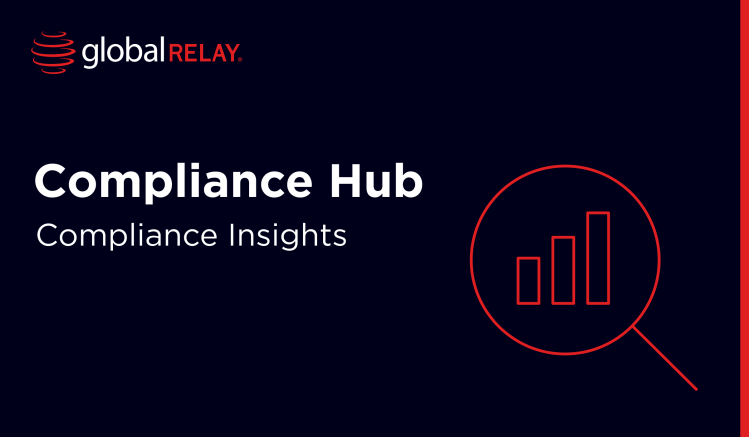
IOT energy compliance: Opportunities and challenges
Internet of Things (IoT) technologies in the energy sector are reshaping how companies approach compliance. From smart meters to real-time monitoring systems, IoT is enabling unprecedented visibility into energy production, consumption, and distribution.
Written by a human
However, the same technologies that deliver efficiency and transparency also introduce complex regulatory, data security, and privacy challenges. As energy companies integrate IoT into their legacy infrastructure, navigating the evolving compliance standards is a pressing concern.
Understanding the compliance landscape in the age of IoT is therefore more critical than ever.
The Rise of IoT in the Energy Sector
As the use of smart devices has soared across the energy sector, many businesses have been thrust into the world of the Internet of Things (IoT). One of the most recognizable is smart energy meters, used by over 80% of homes in North America by the end of 2023.
But with these newfound technologies come new rules – and it’s these regulations that can come as a shock to the companies both selling and buying the new tech.
Smart devices like energy meters, energy grid monitors, and predictive maintenance systems all generate vast lakes of data. But this must be carefully managed, stored and reported to meet regulatory demands.
For example, the Federal Energy Regulatory Commission (FERC) focuses on data retention, adhering to cybersecurity standards, and maintaining reliability. This theme carries across several other regulations in the Environmental Protection Agency and Critical Infrastructure Protection (NERC-CIP).
How IoT enhances energy compliance
For energy companies, the IoT offers opportunities for:
- real-time data collection
- automated reporting
- improved audit accuracy
Use Case: monitoring energy production
Energy companies must meet strict production and environmental compliance standards. IoT technology enables real-time monitoring, automated reporting, and improved audit accuracy.
With sensors installed at energy production sites, such as wind turbines, they can measure key metrics such as output, temperature, emissions, and equipment status. This information can be transmitted in real-time to a cloud-based platform.
The energy production levels are then monitored for patterns and deviations, with any events triggering alerts and possible automatic corrections.
Compliance comes in later through the automatic generation of reports based on this data, formatted to meet regulatory standards. The system may also store time-stamped historical data following WORM procedures to simplify audits.
Use Case: solar farm real-time compliance
There are several challenges associated with IoT in the energy industry, but two compliance-focused issues are particularly alarming:
- IoT data compliance and security risks
- Consequences of non-compliance
IoT data compliance and security risks
It’s important to recognize that much of this tech sits after it’s been innovated, leaving cyberattackers the chance to catch up before it’s even deployed. Devices like smart meters can be deployed with weak authentication or outdated firmware, making them vulnerable to intrusion.
But if fraudsters are able to access the data or even control these devices, the sector-wide security impacts could be disastrous. Not only would we all likely experience network disruptions, but readings could be manipulated, and energy could be diverted without authorization, limiting its access.
Consequences of non-compliance
With regards to IoT regulatory compliance, energy companies must consider the personally identifiable data they collect, such as usage or energy consumption information. This, linked with addresses, for example, can quickly turn general data into files that need extra security measures.
Firms must ensure that they are following local data protection laws, such as the EU’s GDPR and California’s CCPA, in order to prevent the public exposure of personal details.
Moreover, outdated energy regulations may not account for the risks of IoT systems, especially since there is a lack of centralized regulator for global compliance standards.
In fact, a French energy supplier was warned in 2018 about the collection of detailed electricity usage data without adequate consent mechanisms. While this occasion didn’t lead to any financial penalties or enforcement actions, it did highlight the growing compliance challenges within the IoT energy sector.
Fortunately, there are many IoT compliance solutions energy providers can choose from to perform their real-time IoT reporting and meet the energy IoT cybersecurity standards.
IoT energy compliance is only getting stricter
It’s clear that more proactive strategies are required in the energy sector as new technologies continue to expand the scope of IoT devices. Many of these already exist today, such as AI-based analytics, automatic reporting and increased security controls.
As the Internet of Things continues to transform the energy sector, teams must consider how they will carefully manage these systems and devices to balance regulatory compliance.
For more resources on regulatory compliance in the energy sector, click here.
